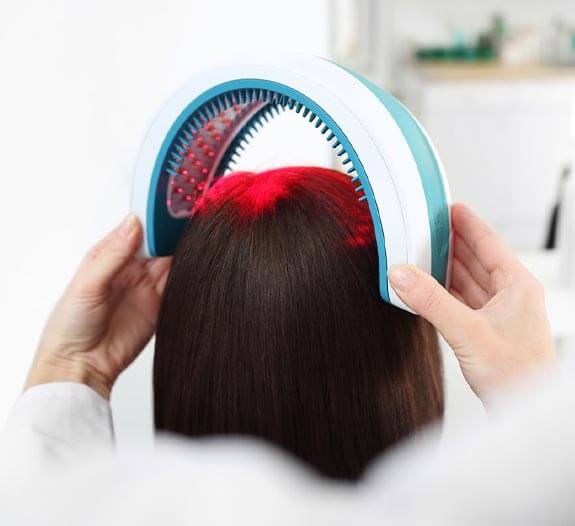
LLLT seems to improve a variety of non-scarring alopecias—AGA (androgenic alopecia), AA (alopecia areata), and chemotherapy-induced anagen effluvium. LLLT is hypothesized to increase anagen hairs through NO (nitric oxide) release from CCO (cytochrome c oxidase) by photodissociation and LLLT also appears to reduce inflammation in AA (alopecia areata). A majority of studies investigating the effects of LLLT on hair growth employ wavelengths ranging from 635 to 650 nm. However, further studies are required to optimize treatment parameters and determine long-term efficacy as well as safety of LLLT.
LLLT has a very low incidence of adverse effects. Possible contraindications are the presence of dysplastic or malignant lesions on the scalp.
 Whatsapp
Whatsapp Facebook
Facebook Twitter
Twitter Instagram
Instagram Linkedin
Linkedin Pinterest
Pinterest